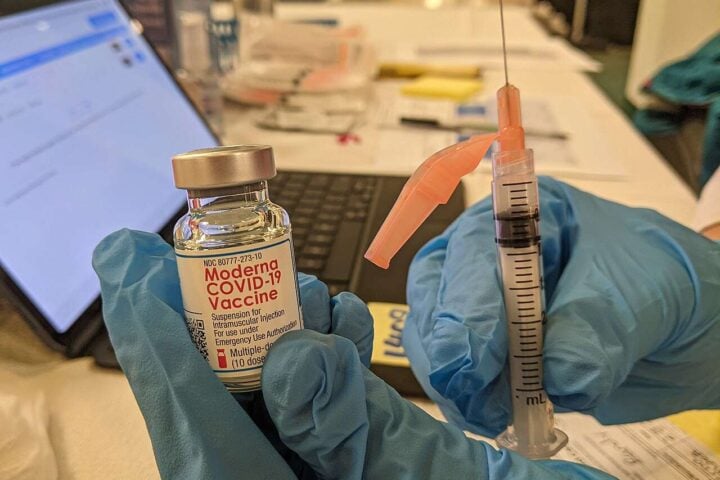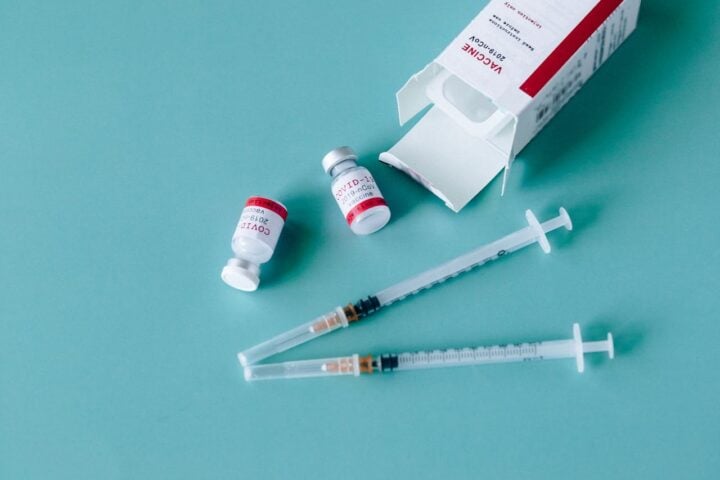The patients, with an average age of 65, had diverse health and lifestyle histories, including smoking, alcohol consumption, high blood pressure, or diabetes. They used plastic products daily and were roughly divided between rural and urban areas.
Microplastics of various shapes and sizes were detected using chemical analysis techniques in 24 of the 30 blood clots studied, at different concentrations. The tests also identified the same types of plastics as those detected in the arterial plaque study: polyvinyl chloride (PVC) and polyethylene (PE). The new study also detected polyamide 66 in clots, a common plastic used in fabrics and textiles. Of the 15 types identified in the study, PE was the most common plastic, accounting for 54 percent of the particles tested.
The researchers also found that people with higher levels of microplastics in their blood clots also had higher levels of D-dimer than patients without microplastics detected in thrombi. D-dimer is a protein fragment released when blood clots are broken down; it is not normally present in blood plasma. Therefore, high levels of D-dimer in a blood test may indicate the presence of blood clots, leading researchers to suspect that somehow microplastics could be accumulating in the blood to worsen clotting.
“These findings suggest that microplastics may serve as a potential risk factor associated with vascular health,” said Tingting Wang, a clinical scientist at the First Affiliated Hospital of Shantou University School of Medicine in China, and colleagues in their paper. “It would be helpful to identify the exposure sources in future studies with larger sample sizes and thorough investigations into daily aspects involving the consumption or use of microplastic-contaminated products.”
Similar Post
The study serves as a warning about the potential risks of microplastics to human health, especially in the cardiovascular system. Although the causes of the presence of microplastics in the clots are not yet fully understood, the study highlights the need for future research to identify sources of exposure and validate the results.
Earlier this year, a landmark study reported that microplastics had been found within more than 50 percent of clogged artery fat deposits. It was the first data of its kind to establish a link between microplastics and their impact on human health.


















